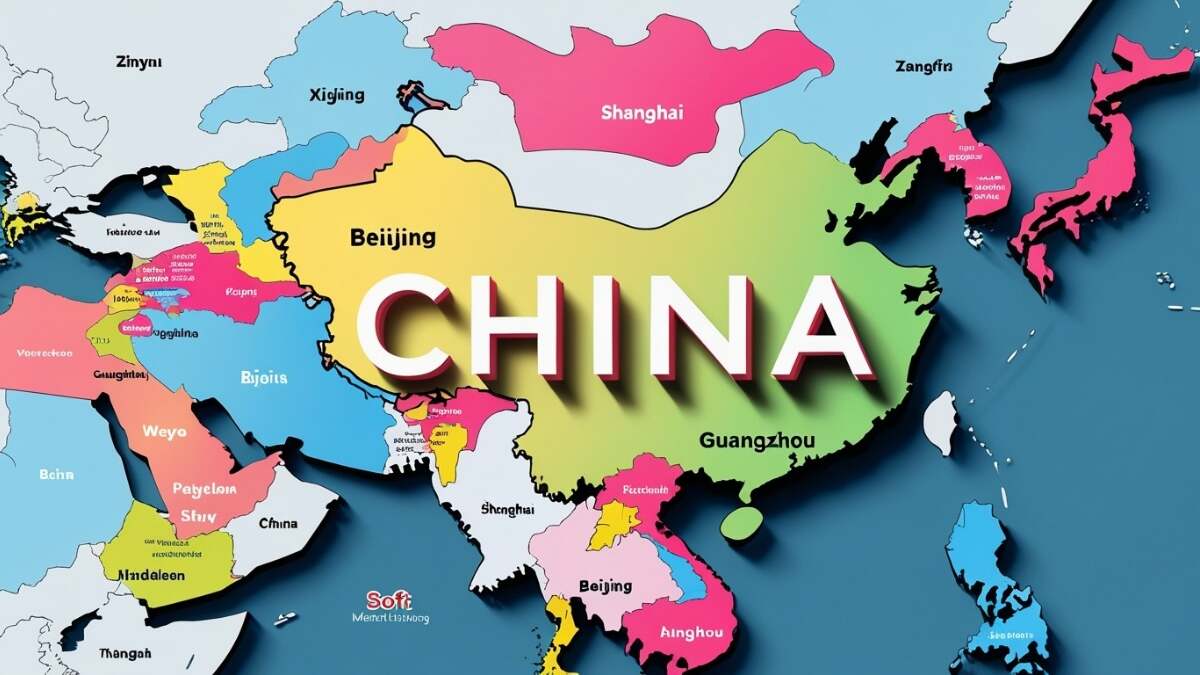Despite Japan’s leadership in supply chain diversification, America’s reliance on Chinese rare earths has increased.
Japan may provide the US with a helpful model as it looks to lessen its reliance on China for essential minerals. Though Japan’s ten-year diversification policy provides important lessons for building long-term resilience, more limits on the sale of rare earths are likely to place US manufacturers in a difficult position.
China has solidified its position as the world’s leading supplier of rare earths, a set of 17 vital elements needed for defense systems, electric cars, and electronics. According to UN COMTRADE statistics analyzed by Moneycontrol, the nation’s share in world commerce (including permanent magnets) increased from 56.6 percent in 2012 to 63.2 percent in 2023.
The Diversification Playbook of Japan
Following a diplomatic conflict with Beijing that led to the 2010 rare earth crisis, Japan started a vigorous diversification campaign. Tokyo built strategic reserves and local recycling capacity while securing alternate sources from Vietnam, India, and Australia.
The outcomes are apparent. China’s proportion of Japan’s whole rare earth commerce, including both raw materials and finished items, has decreased from more than 70% in 2012 to 68% in 2023 and even lower to 44% for raw materials only. Vietnam is now Japan’s second-largest exporter of rare earth elements, behind China.
US Dependency Increases
The US, on the other hand, is now far more dependent on China. China is currently the source of about 80% of America’s imports of rare earth and permanent magnets, up from only 16% in 2012. This is one of the biggest increases among major economies.
China accounted for $119 million of the $175 million in rare earth minerals and compounds that the US imported in 2024. Only Japan accounts for more than a tenth of overall imports, with South Africa, France, Austria, and Japan remaining modest providers.
A Worldwide Reliance Pattern
The US’s increasing reliance is not unique. Currently, 89 percent of South Korea’s imports of rare earths, 79.7 percent of Germany’s, and 96.9 percent of India’s come from China. The percentage for the UK is 87.5 percent.
However, China’s export mix is more evenly distributed. Roughly 25% of China’s rare earth exports go to the US, 20% go to the EU, 44% go to Japan, and 51% go to South Korea.

